Ever send a picture of yourself trying on clothes to a friend to see what they think of how you look? Now, imagine doing the same from the perfume and cologne counter. AI could make that happen in the not-too-distant future after a breakthrough in ‘Scent Teleportation.’ Osmo, which bills itself as a “digital olfaction” company, has succeeded in using AI to analyze a scent in one location and reproduce it elsewhere without human intervention.
Scent teleportation uses sensors to collect and analyze a scent with a Gas Chromatograph Mass Spectrometer (GC/MS). The data is then transmitted to a specialized molecular printer, which can synthesize and combine the chemicals necessary to exactly reproduce the scent. Osmo has previously performed scent teleportation, but only with humans helping the process at every step.
That’s no longer necessary. Osmo has successfully used AI to map the processed scent onto its Principal Odor Map (POM), a database that predicts how specific combinations of molecules correspond to particular smells. AI models can then communicate the molecular profile of the scent to a robotic system to create and mix a replica of the aroma. The video demonstration by Osmo CEO Alex Wiltschko below shows how it works.
Smells like AI
“Well, we actually did it. We digitized scent. A fresh summer plum was the first fruit and scent to be fully digitized and reprinted with no human intervention. It smells great. Holy moly, I’m still processing the magnitude of what we’ve done. And yet, it feels like as we cross this finish line we are instantly at a new starting line,” Wiltschko shared on X. “I don’t know if this is embarrassing, but I carry the plum scent with me a lot of places and smell it constantly. It makes me smile.”
AI makes it possible for Osmo to better process huge amounts of data about a scent, making it more accurate and streamlining the process significantly, even when there are very subtle odor components. Osmo claims to have the largest AI-compatible scent data bank, which in turn helps train the AI to understand and reproduce scents. Scent teleportation isn’t Osmo’s only AI project. The company has also used AI to design entirely new scents, offering them to the fragrance industry.
Inhale the future
While it may seem a bizarre application of AI, scent teleportation could be an enormous boon to multiple industries. Imagine putting on a VR helmet and not only seeing the virtual environment but smelling it, too. Maybe it’s not ideal for some games, but watching a VR cooking show would be much more immersive with some olfactory assistance. Osmo also points to the potential health implications of scent recreation in therapy for conditions like anosmia (loss of smell) or as a way of diagnosing conditions where changes in your sense of smell are a symptom.
As for the sharing of perfumes to get a distant friend’s opinion, companies might look askance at the idea of you replicating their proprietary scents. But you could certainly enhance a romantic message with a picture of a flower the recipient can actually smell. Then again, the most popular suggestion for how to use AI-assisted scent teleportation might turn you off to the whole idea.
Guys if you keep asking me to use our cutting edge scent teleportation technology to send farts I freaking will and then who’s laughingOctober 30, 2024

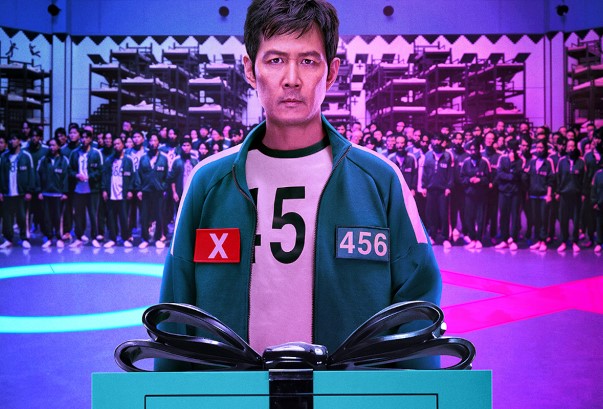
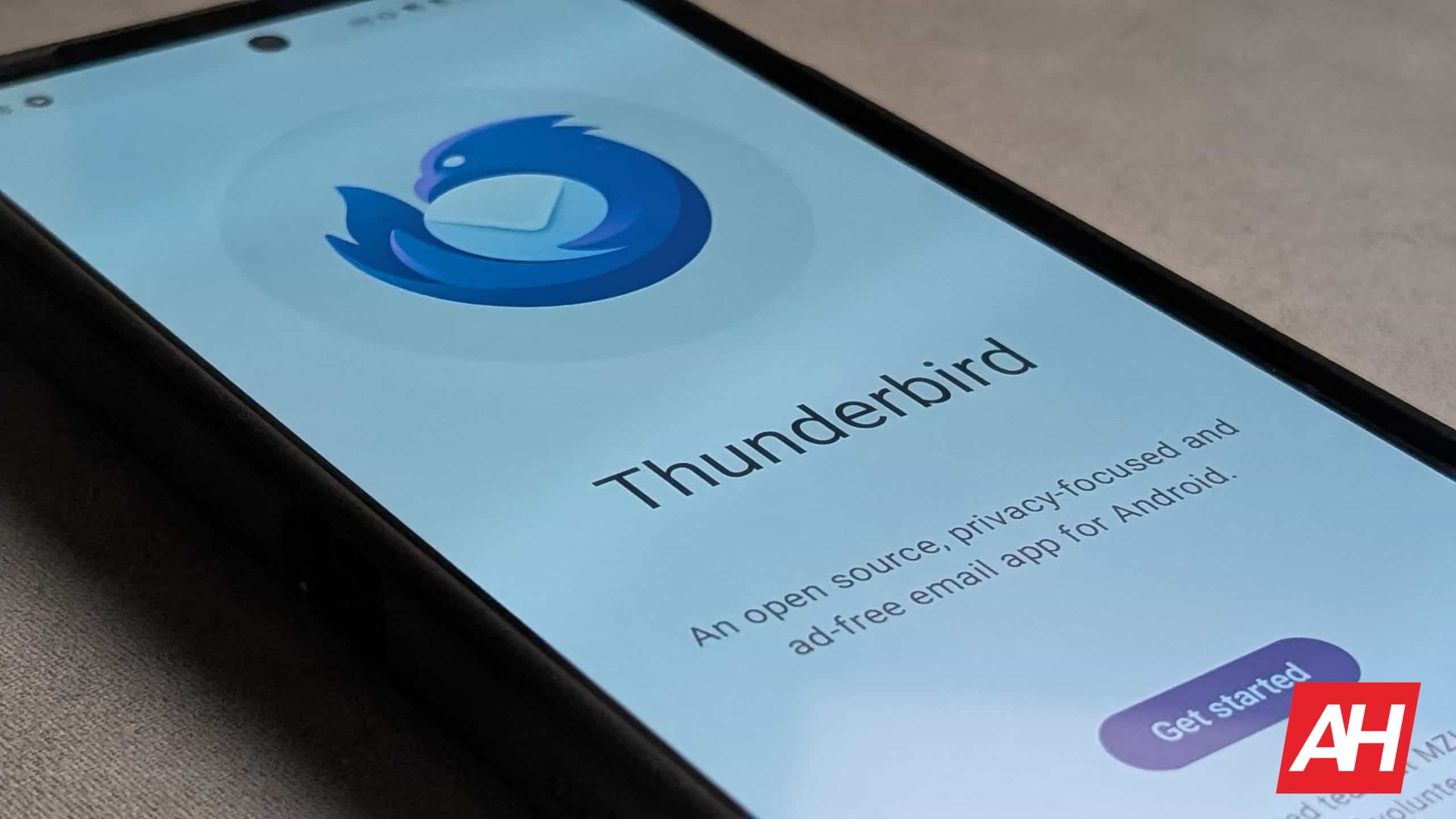


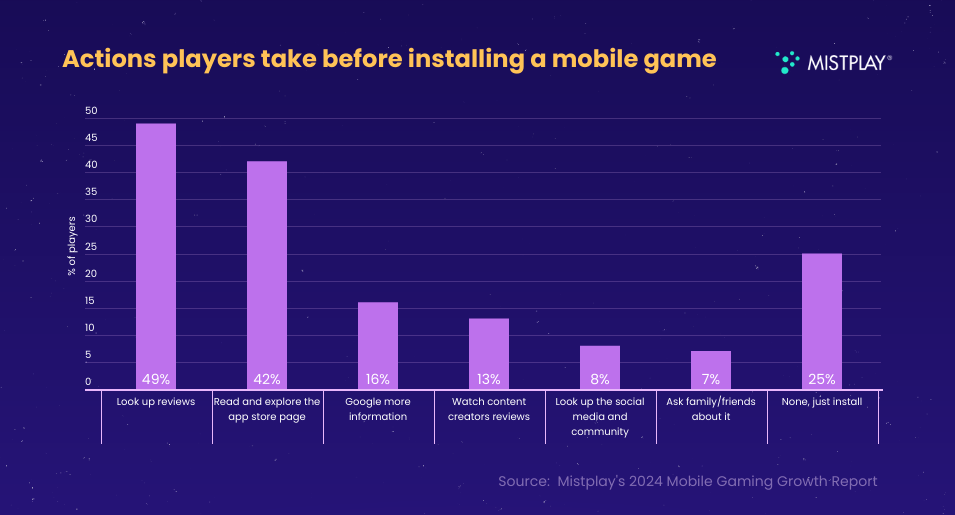
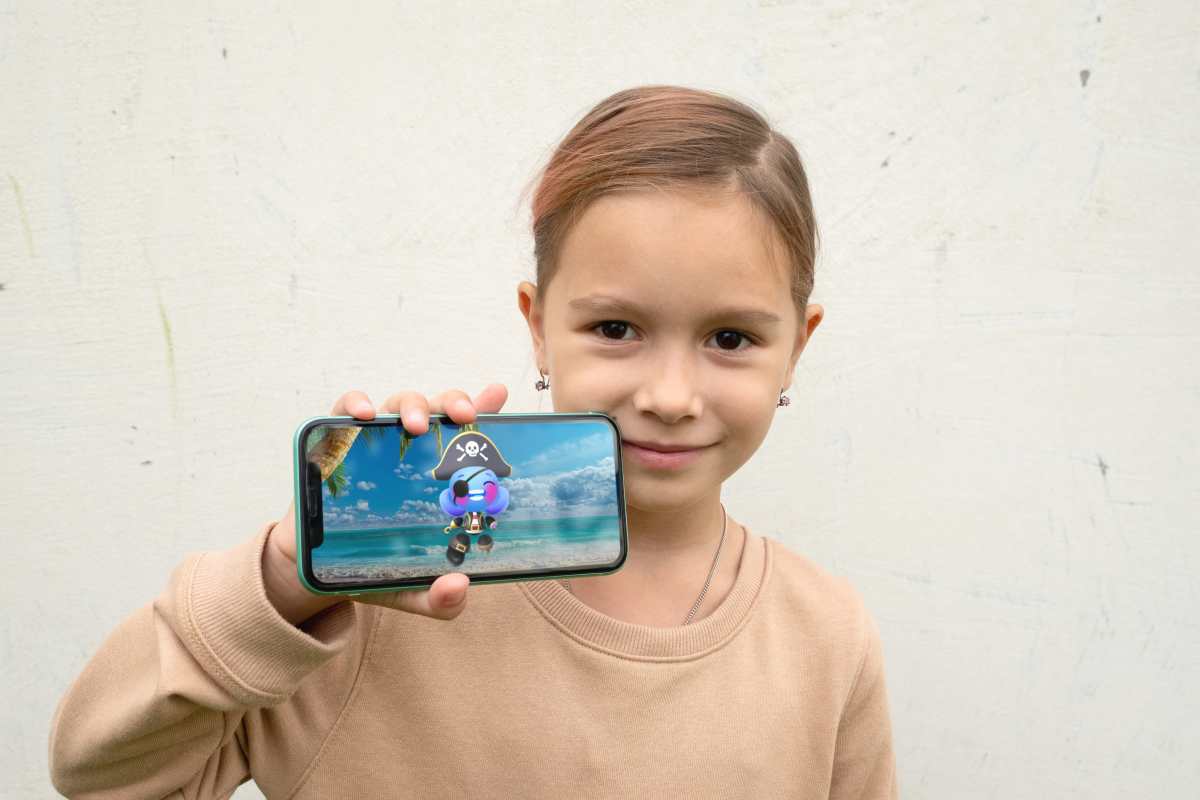
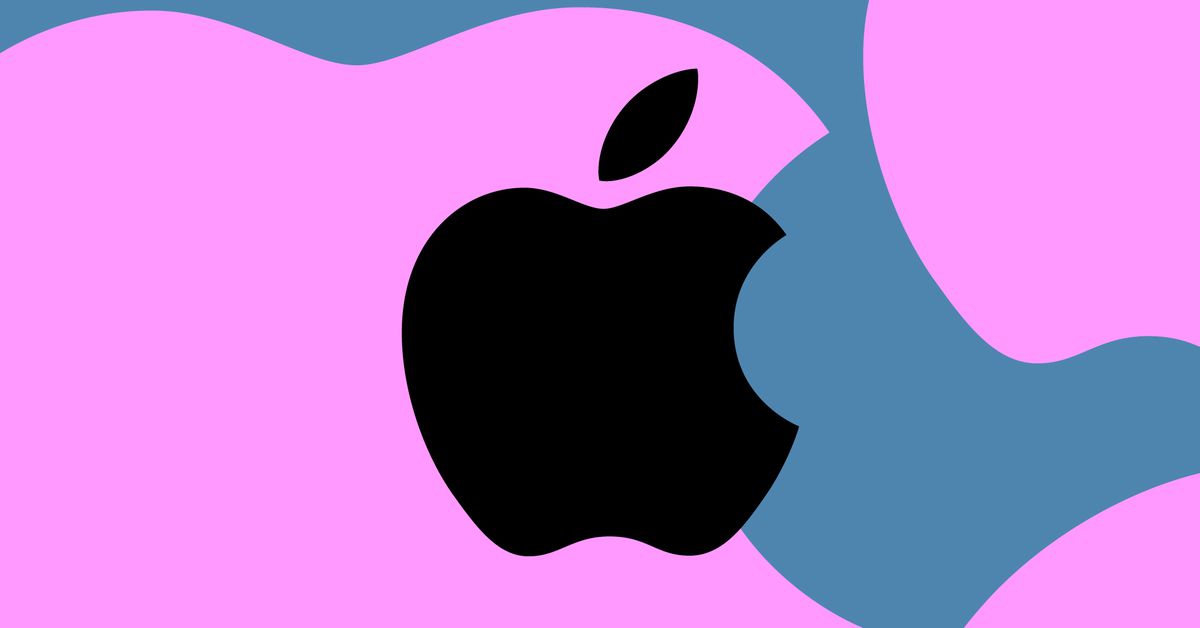
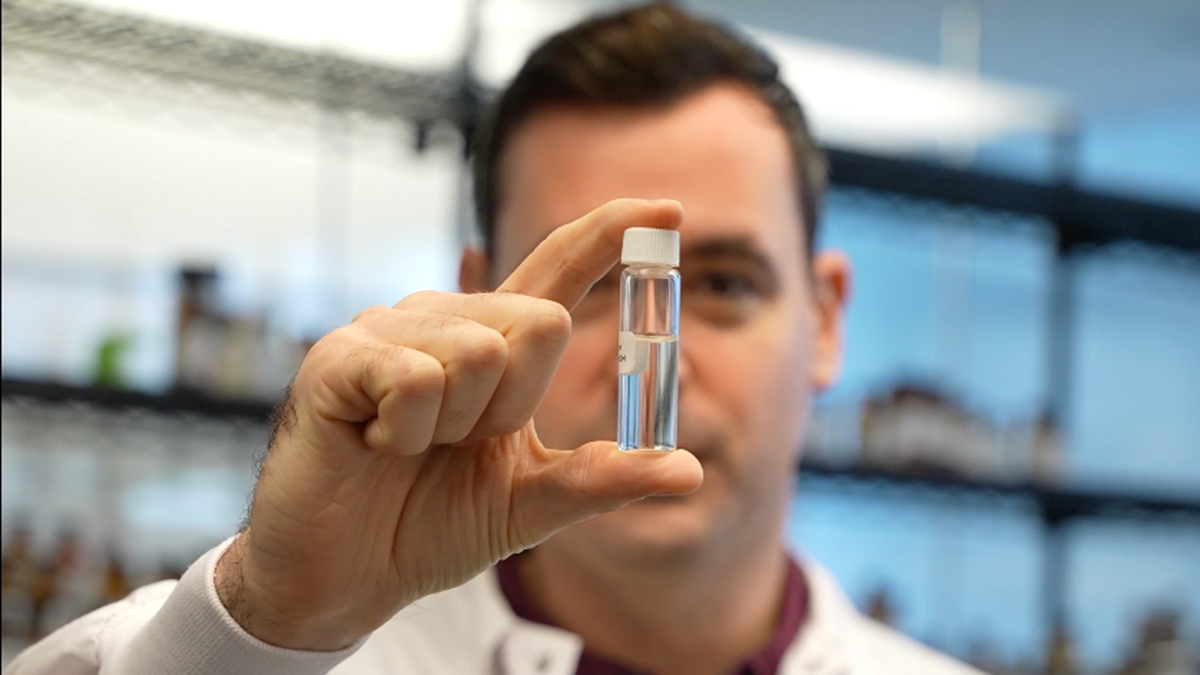
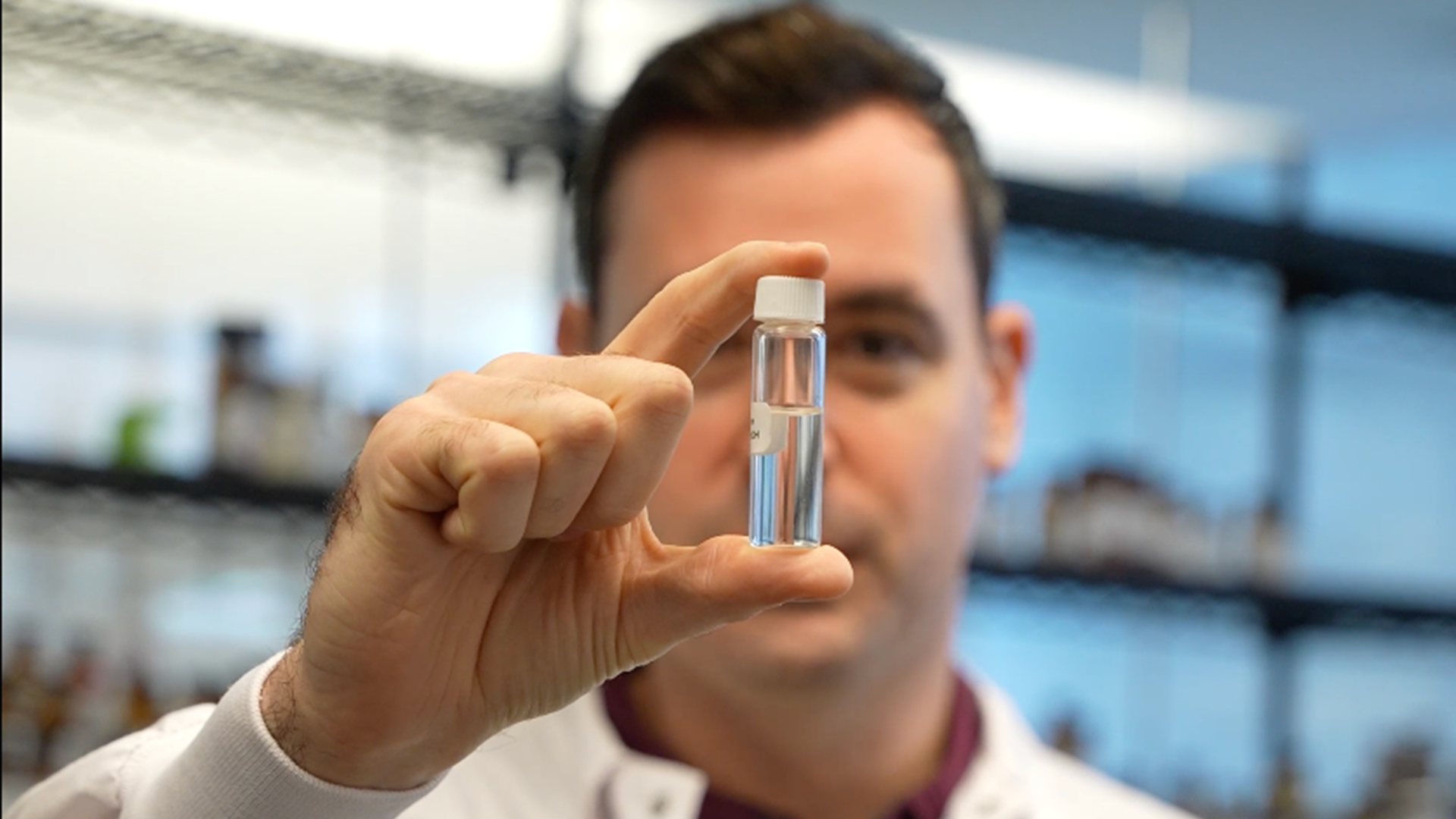



















































































































































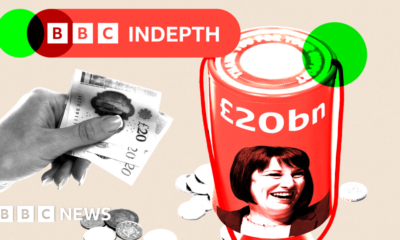













You must be logged in to post a comment Login